Where do you even begin describing the cultural impact of Akira Toriyama?
Saying he’s one of the most influential manga artists ever, sitting alongside greats like Osamu Tezuka or Shotaro Ishinomori, feels right, but it also doesn’t feel like it fully does Toriyama justice. He was the kind of genius talent that you’re lucky to experience even once in your lifetime, with an influence so far-reaching and ingrained in pop culture that it’s hard to imagine a time when he never existed.
On March 1, Toriyama passed after suffering an acute subdural hematoma. His death wouldn’t be announced to the world until a week later, and if you’ve spent more than five minutes online since that news broke, then you would have seen just how much the man and his works meant to so many people. I’ve seen multiple tributes where people have declared certain illustrations or moments as the best thing he ever did. Each post is always different, but each post is always right.
I think it’s hard to eulogise Toriyama because how can anything I write even come close to capturing what the man and his works meant to both myself and all of his fans? His work has crossed international cultures in a way that few others have (if you have any Latin American friends, please check in on them).
His works are so important to so many people, and the reach of his influence stretches so very, very long – but how do you capture that in a few hundred words? I don’t know, but I’m going to try, even if it feels like I’m straining against 100x Earth’s gravity.
The shape of manga to come
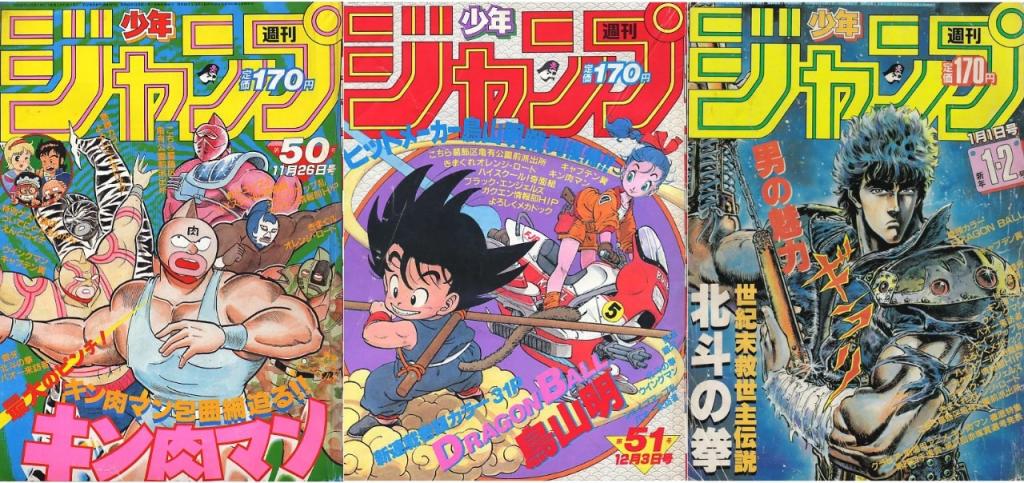
Saying that Dragon Ball is the most influential manga of the last 40 years is a statement that feels about as grand as pointing out the ocean is wet. Even calling it the most influential manga of all time feels like a matter-of-fact comment rather than a scorching hot take.
But, like anything, there is a road travelled – this isn’t something that just suddenly happened. To understand the impact of Toriyama, we need to look at what Weekly Shonen Jump looked like at the time of its release*.
When the first chapter of Dragon Ball was published in late 1984, the most popular Jump series at the time was Fist of the North Star. Created by writer Buronson and artist Tetsuo Hara, Fist followed the journey of the muscle-bound martial artist Kenshiro as he wandered an apocalyptic wasteland. He’d eventually come across a bad guy, they’d fight, and Kenshiro would perform some kind of move that would cause his enemy to explode into a geyser of blood and gore.
As far as writing and art went, Dragon Ball could not be more different, with Toriyama’s more cartoony and cutesy designs a far cry from the hyper-masculine look of Buronson’s work. Even Kinnikuman, another popular series at the time that focused on flamboyant wrestlers with a somewhat cartoony aesthetic, still lent closer to realism.
The softer look of Goku was closer to something from the football manga Captain Tsubasa, another Jump series. It didn’t look like a battle manga, which, with hindsight, is pretty funny considering how much it impacted that genre. Kenshiro’s popularity was already dead.
Manga, like any art form, is a language that is constantly evolving. New works are always in conversation with the conventions laid out by the old ones. With Dragon Ball, Toriyama redefined the language of battle shonen storytelling. Tournaments, training arcs and characters powering up – these are all elements that, looking from the lens of 2024, are so intrinsically tied to the genre that it feels impossible to imagine a world where they weren’t the norm.
Gotta Find That Dragon Ball!
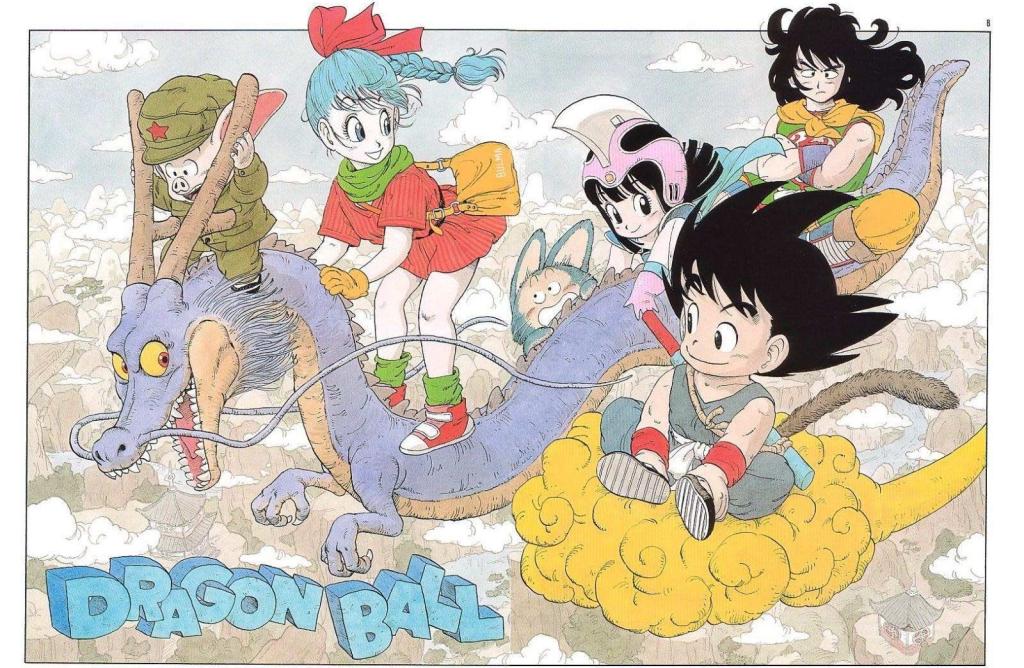
Before Dragon Ball, Toriyama made his name with the manga Dr. Slump, an episodic gag-heavy series about a goofy genius inventor Senbei Norimaki and his creation Arale, a little robot girl with superhuman abilities. First published in 1980, and despite Toriyama’s growing disinterest in the series just a few short months after it started, he wouldn’t wrap up until 1984 – just a few months before the first chapter of Dragon Ball.
While working on Dr. Slump, Toriyama also produced the occasional one-shot. Two of those were The Adventures of Tongpoo and Dragon Boy, which were both published in 1983. Looking back at them now, while I wouldn’t necessarily call them essential reads, you can see Toriyama working out what he wanted to do next. There are multiple elements in those shorts stories that would make their way over into Dragon Ball.

For this new series, Toriyama was initially influenced by the Chinese novel Journey to the West, with action sequences channelling the Hong Kong martial arts movies of Jackie Chan and Bruce Lee. It was a strange, fantastical world that occasionally incorporated sci-fi concepts, like Bulma’s capsule technology (and, much later, the existence of aliens).
You can still see some of Dr. Slump’s sensibility in those early chapters, but for the most part, Dragon Ball feels like Toriyama spreading his wings. Those earlier chapters have a fun road trip feel to them as we follow Goku and Bulma on their travels to these new, wonderful places while trying to find the remaining Dragon Balls.
It’s during the first Tenkaichi Budokai arc that you feel Toriyama lock in and realise what he wants this series to be. As the series progresses, the adventure of collecting the Dragon Balls becomes less important, eventually being something that happens off-panel in the later Dragon Ball Z arcs. The fights begin to take the focus, and it’s in those sequences that you see Toriyama’s draftsmanship power up. There’s a weight and speed to Toriyama’s fight choreography. You can feel the force, feel the blows.
He was a top-tier draftsman and his visual storytelling chops were so good that if you stripped out the dialogue from his work, you could still easily read it while just relying on the expressions and body language of his characters. While Toriyama’s art would become a bit more angular and with more realistic proportions as the series progressed – mainly to help his fight scenes look more dynamic – it still maintained the bounciness of his earlier work.

Even on a more static level, he had such a great sense of design, not only for characters (you can spot a Toriyama design a mile away and the main DBZ cast all pass the silhouette test) but for mechanical works. If I said “a Toriyama vehicle” you know exactly what I’m describing – some form of bike or car, with super-deformed proportions and a lot of rounded edges.
Before becoming a mangaka, Toriyama worked in an advertising agency for three years where he designed posters. This background explains so much about his approach when it comes to panelling and composition. His ability to grab the reader’s attention, drawing their eye to specific points of an image and invisibly guiding them is second to none. As I was re-reading a few of the series’ big moments while writing this piece, I was struck by how well these fights flow. He made it look easy.
Rock the Dragon
If you were a child of the 1990s, if Dragon Ball Z wasn’t your first exposure to anime, it was definitely one of the first things you saw.
It’s wild to think that, for a brief moment, the English dub of Dragon Ball Z wasn’t a success. The original dub by Funimation/Ocean Studios was cancelled mid-way through the fight with the Ginyu Force. Does the popularity of anime in the West look the same without Dragon Ball Z?
Dragon Ball Z gave its audience a glimpse into a different world of animation. It wasn’t a short comedy series, like Rugrats or Dexter’s Lab, and it wasn’t the more episodic “bad guy of the week” action series of the past decade, He-Man or Transformers. It looked different, it felt different.
It was, I imagine, the first time most kids were exposed to long-form serialised storytelling. There were stakes, characters died, and former villains had long, complicated arcs where they became good! We grew as the characters grew in this beautiful, violent soap opera. It was a shared experience, which made it feel important. This wasn’t just a show you watched, but a journey you joined – whose big moments, when they came, felt monumental.
In the same way that my parents’ generation could tell you where they were when watching the finale of MASH, I think the same can be said for everyone who grew up watching Dragon Ball Z. I remember watching Goku going Super Saiyan for the first time, Gohan reaching Super Saiyan 2 or Vegeta’s sacrifice. If you somehow missed the latest ep before heading to school, you’d be kicking yourself all day.
I’d like to make a special dedication to whoever was programming Cheez TV at the time. A generation of Australian kids who spent their lunchtimes trying to go Super Saiyan on the school oval or drawing their best Goku in the back of their workbook owes you an awful lot.
“Breaking through the shining clouds, I fly away”
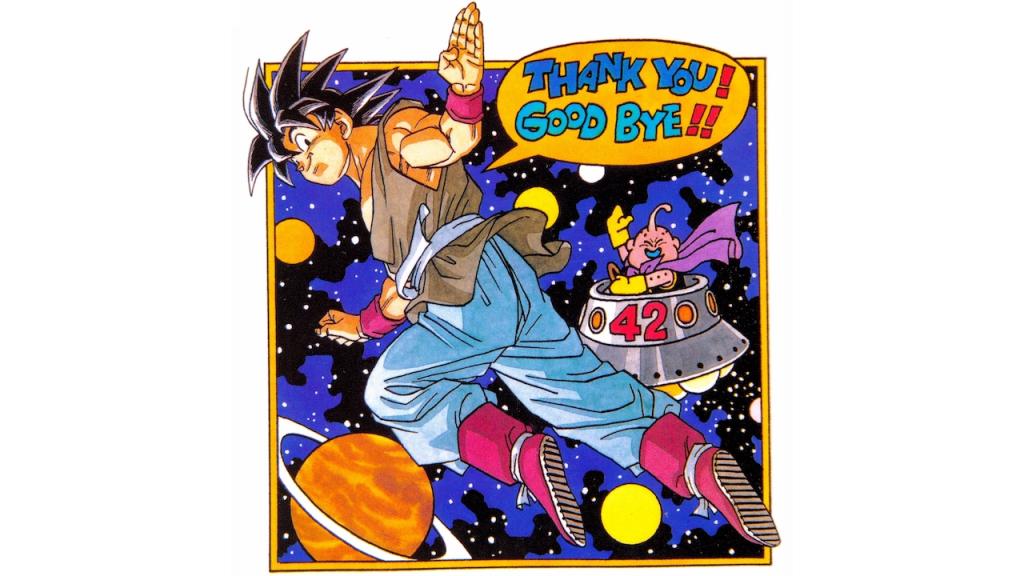
Like I said at the top, trying to capture the breadth of Toriyama’s impact feels impossible. I’ve racked up almost 2,000 words just talking about his work on the original run of Dragon Ball manga and its anime adaptations, but his career is so much more than that.
He was the lead character designer for the Dragon Quest franchise, so he is deeply rooted in the history of Japanese RPGs. Not to mention his involvement in Chrono Trigger, which exists as a perfect storm of 1990s Square RPGs (Hironobu Sakaguchi! Yuji Horii!), whose influence still looms larger over the genre to this day. Put it on Switch Online already, Nintendo! You cowards!
There’s also the overwhelming amount of games based on Dragon Ball proper, which ranged from the good (the Budokai series, Kakarot), the great (FighterZ), and the ugly (Ultimate Battle 22). At their best, these games perfectly captured the intense ferocity and dynamic fights of the anime, which is a topic that could be an entire article unto itself.
If you want more manga drawn by him, I highly recommend reading Go! Go! Ackman or Sand Land, the latter of which was his first major project after Dragon Ball wrapped up. There’s also Jaco the Galactic Patrolman, whose humour and sense of adventure feel like a successor to those early Dragon Ball chapters.
While the past decade or so of his life has mostly been concerned with various Dragon Ball anime projects, he was still supplying story outlines for the Dragon Ball Super manga, working alongside artist Toyotaro.
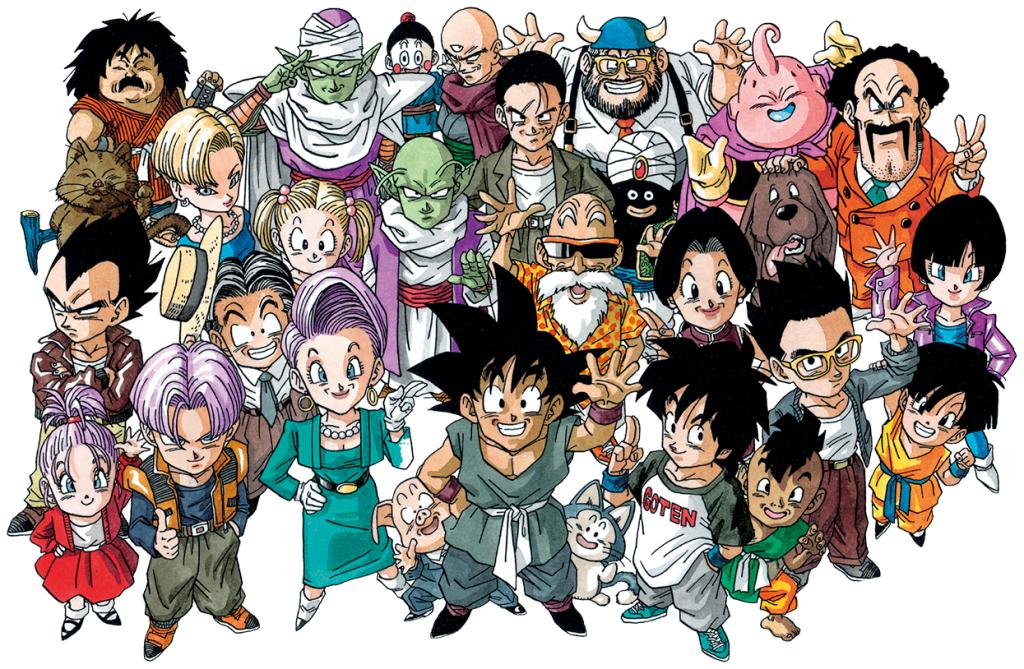
None of this is new information, of course. These are well-documented things that he did, and I’m certainly missing a few projects he directly or indirectly worked on. Don’t even get me started on Dragon Ball Z Abridged.
Am I writing this article as a tribute to a great man, or is this just my own way of dealing with the loss of an artist who has shaped facets of my life like few others have? A bit of both, surely, but here’s what I do know. Akira Toriyama created a world, and he changed ours.
In 1984, he published a manga that followed the adventures of a young boy. Over the next 11 years, we watched this boy’s struggles – the highs, the lows, the wins and the losses. We watched that boy grow, always ready to meet the next challenge even if the odds always seemed impossible, constantly bettering himself. You could do a lot worse than to learn from that.
*Super Eyepatch Wolf’s video about what Weekly Shonen Jump looked like in 1987 is an informative watch.
Image: Viz
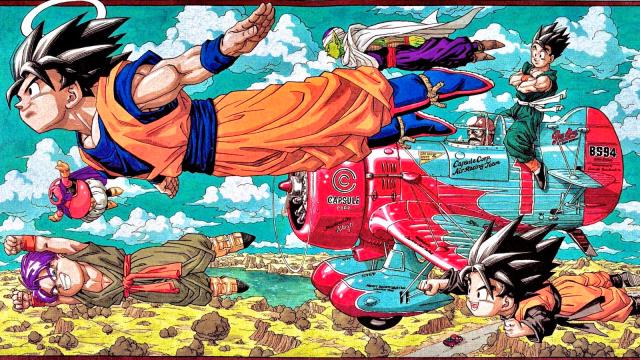


Leave a Reply